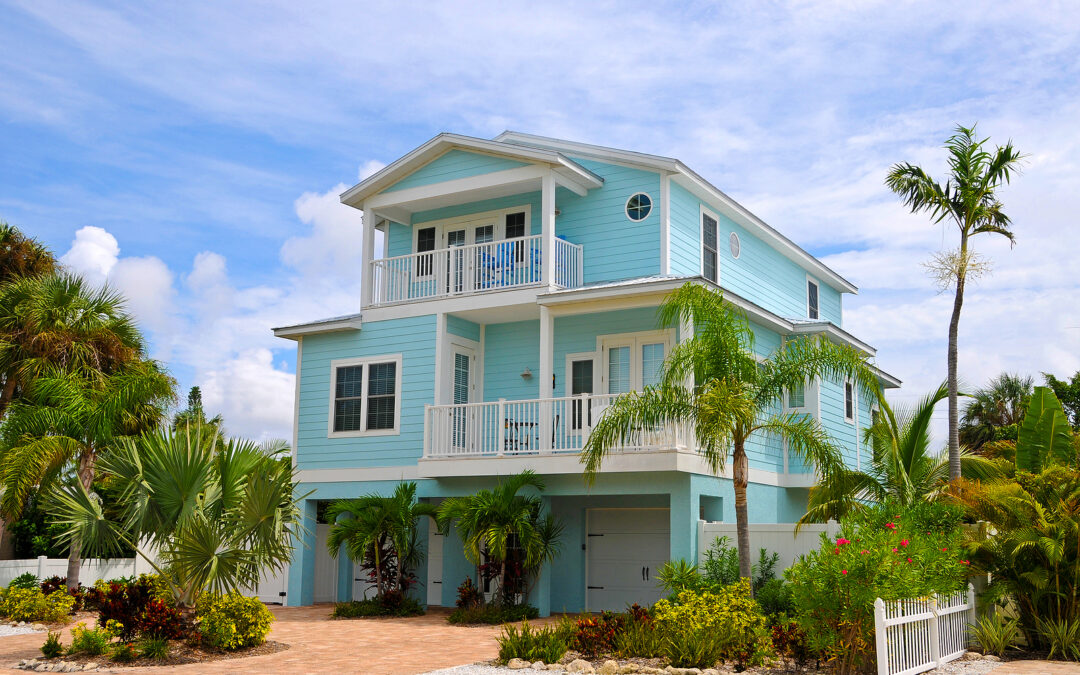The vacation rental industry in the U.S. may be booming but owning vacation property comes with some downsides. First and foremost, it’s expensive. Like a primary residence, owners of rental property will pay a mortgage, insurance, HOA fees, utilities, and property taxes. There are also unexpected expenses to think about like vacancies, legal fees, advertising costs, management company fees, and property upgrades and repair costs. Considering the expenses involved, will there be a return on investment?
To calculate ROI on a rental property, subtract annual operating costs from annual rental income and divide the total by the mortgage value. Monthly expenses and bookings will vary depending on property location, rates, amenities, and proximity to local attractions. Clearly, owning vacation property can be lucrative because 2022 statistics revealed 2.25 million second homes in America were being used as rental properties with an average annual income of $30,000.
Florida, for example, is a popular tourist destination and the top 10 most in-demand locations for vacation homes have varying rental incomes between $20,000 and $66,000 per year. The unexpected expenses in Florida include potential hurricane and flood damage, and extremely high home insurance and property tax rates. Not all investors will want to gamble on owning property in Northwest Florida, the most hurricane-prone area of the state, but may choose Northeast Florida instead.
Before investing in property, research tax rates and potential ROI on vacation homes in an area and speak with your fiduciary financial advisor or investment manager. Feel free to call 800-689-3935 to speak with one of our experts whenever you have questions about our investment management services.
